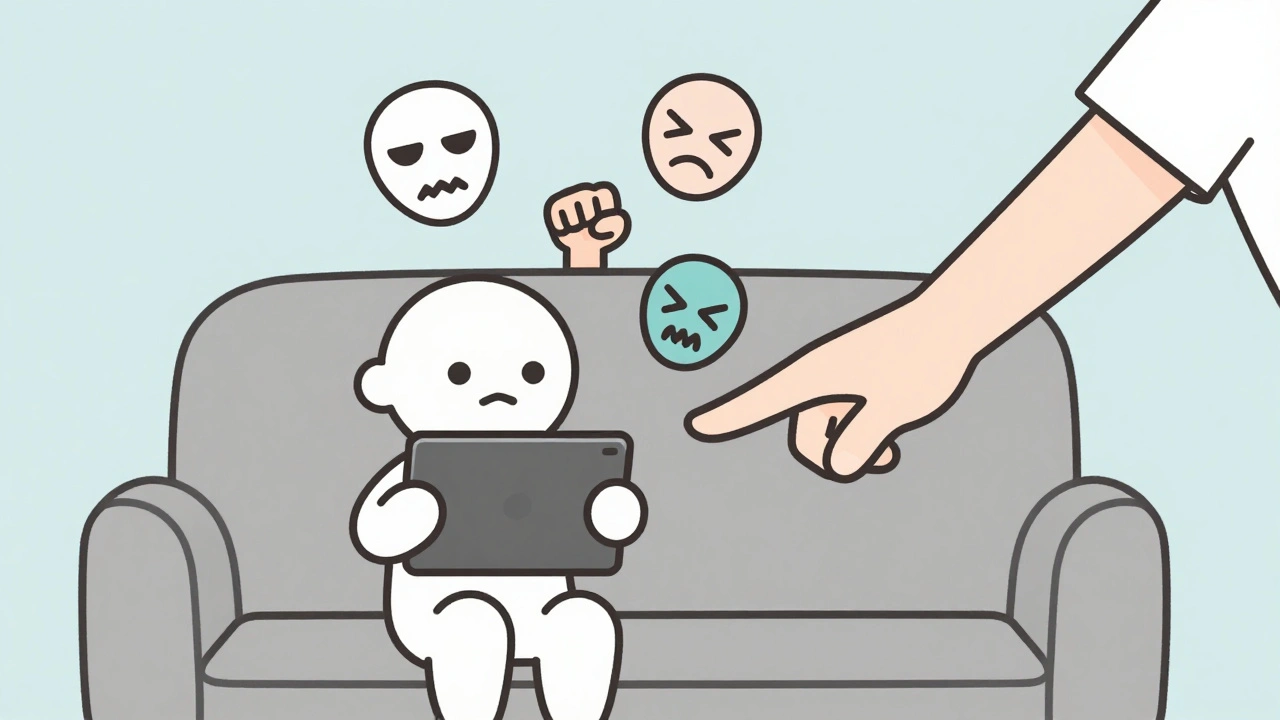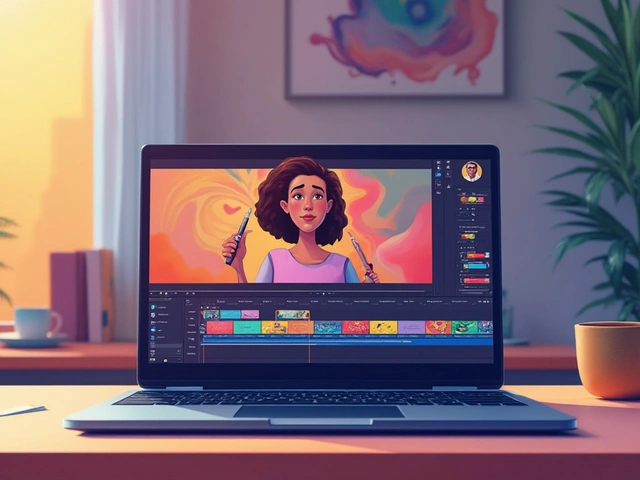Parental Controls: How to Manage Video Content for Kids and Teens
When it comes to parental controls, tools and settings that let adults limit or monitor what children can watch or do online. Also known as family safety settings, they’re not just about blocking bad content—they’re about giving you real control over how your kids experience digital video. Whether your child is watching TikTok clips, streaming Marvel movies on Disney+, or browsing YouTube tutorials, parental controls help you decide what’s appropriate, when it’s okay to watch, and who has access to shared accounts.
These controls work across streaming service settings, the built-in tools on platforms like Netflix, Disney+, and Apple TV that let you create kid profiles with age-appropriate content filters, and on devices like iPads, Android tablets, and smart TVs. You can set time limits, block specific shows, or require a PIN to watch anything rated above PG-13. But they’re not foolproof—many parents don’t know how to use them right. For example, adding a child to a family group management, a shared subscription plan that lets multiple people use one account, like Google Family or Apple Family Sharing, doesn’t automatically turn on filters. You have to configure each service separately. That’s why tools like email filters for promo emails and smart subscription sharing matter: if your kid signs up for a free trial using your account, they might bypass your controls entirely.
What you’ll find in this collection isn’t just a list of settings. It’s a practical guide to real-world situations: how to remove a teen from a Spotify family plan without losing their playlists, how to stop Disney+ from suggesting adult horror films to a 10-year-old, or why letting your kid watch Marvel movies in release order might expose them to content they’re not ready for. You’ll learn how to spot when a streaming service’s default settings are too loose, how to use device-level controls as a backup, and why simply turning on a "kid mode" isn’t enough if the content library itself isn’t curated.
These aren’t theoretical tips. They’re based on what works for real families trying to keep up with fast-changing platforms and endless new video content. You don’t need to be tech-savvy to use these methods—just organized. And if you’ve ever caught your kid watching something you didn’t approve, or wondered why your Netflix recommendations suddenly turned dark and violent, this collection will show you exactly how to fix it.
11
Parental Controls on Free Streaming Apps: How to Keep Kids Safe Online
Free streaming apps may seem harmless, but they often expose kids to unsafe content. Learn how to use device settings, DNS filters, and playlists to block risks and keep children safe online.
11
Shared Family Accounts: Avoid Algorithm Mix-Ups with Kids Profiles
Learn how to set up dedicated kids profiles on streaming services to stop algorithm mix-ups and keep adult recommendations clean. Simple steps for Netflix, YouTube, Spotify, and more.
18
Age-Appropriate Content: Finding Shows for Different Ages
Learn how to choose age-appropriate TV shows for toddlers, tweens, and teens. Understand developmental needs, spot harmful content, and use parental controls wisely to foster healthy viewing habits.
Latest Posts
Popular Posts
-
 How Roommates Can Fairly Share Wi-Fi and Streaming Costs
How Roommates Can Fairly Share Wi-Fi and Streaming Costs
-
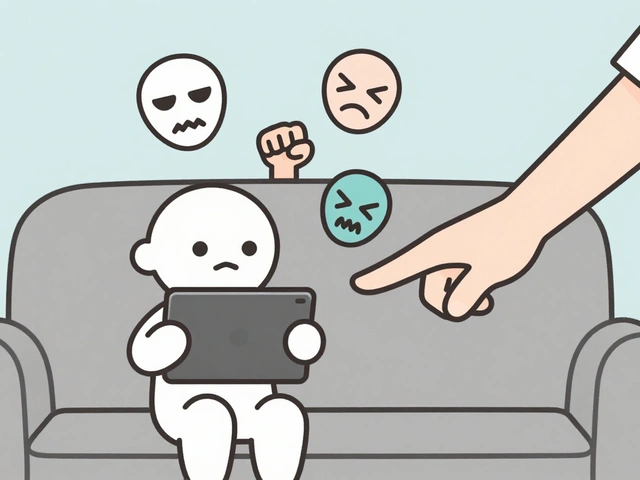 Parental Controls on Free Streaming Apps: How to Keep Kids Safe Online
Parental Controls on Free Streaming Apps: How to Keep Kids Safe Online
-
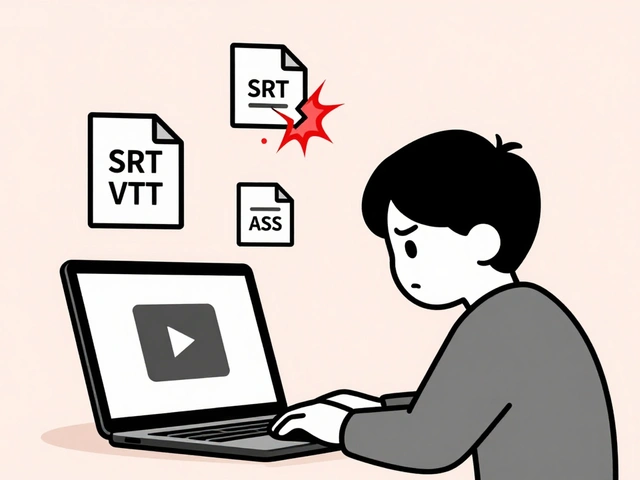 Why Subtitles Aren't Working: Fix Common Video Text Issues
Why Subtitles Aren't Working: Fix Common Video Text Issues
-
 App Layout Strategies: Organize Streaming Services by Genre and Use
App Layout Strategies: Organize Streaming Services by Genre and Use
-
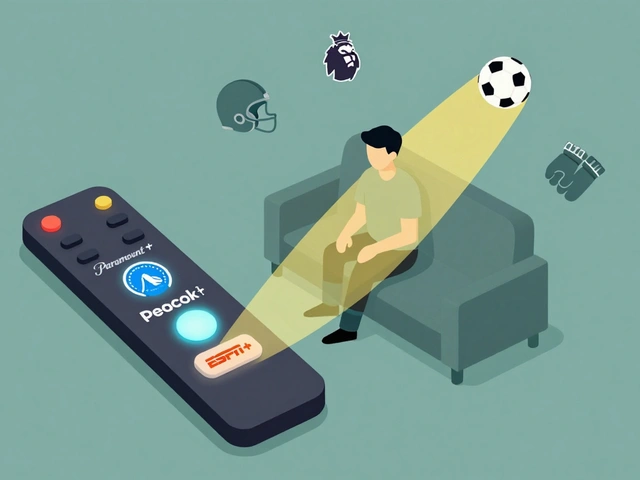 Paramount+ with Showtime vs. Peacock Premium vs. ESPN+: Which Sports Add-On Fits Your Viewing Habits?
Paramount+ with Showtime vs. Peacock Premium vs. ESPN+: Which Sports Add-On Fits Your Viewing Habits?
